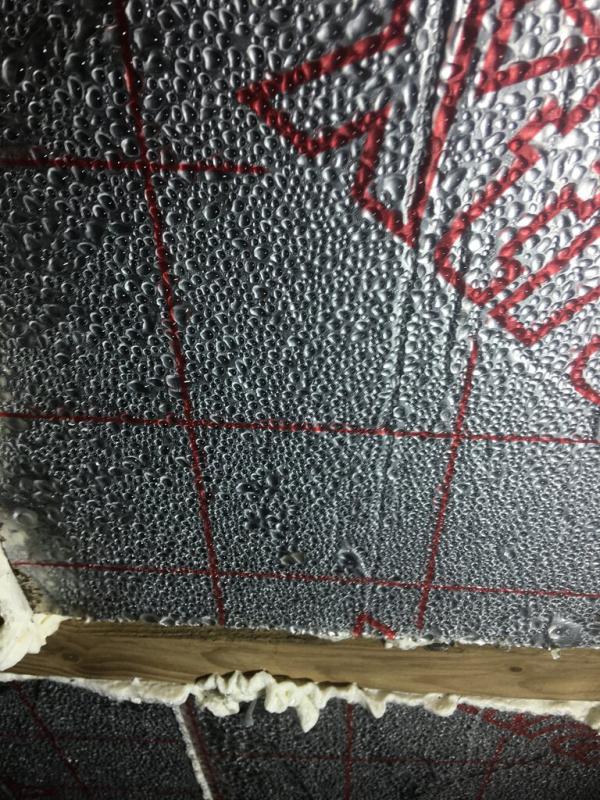| Home |
| Green Building Bible, Fourth Edition |

|
These two books are the perfect starting place to help you get to grips with one of the most vitally important aspects of our society - our homes and living environment. PLEASE NOTE: A download link for Volume 1 will be sent to you by email and Volume 2 will be sent to you by post as a book. |
Vanilla 1.0.3 is a product of Lussumo. More Information: Documentation, Community Support.


Posted By: ChristopherThis is a picture from the space below my (1930s detached) house. A couple of months ago I insulated between the floor joists but when I went down there today was shocked to see condensation on the bottom of the insulation boards. There is no drainage outside the walls and the space floods in the winter. The ground below is still quite wet. It is always damp down there but Iââ¬â¢ve never seen any condensation before I put the insulation in. There is ventilation, (4 x 8ââ¬Âx3ââ¬Â) but perhaps not enough. I am digging away soil from the external poured concrete foundation walls, but apart from getting this done and drainage installed asap, what can I do? Dehumidifiers? What about a polythene damp course, would that help, or just prevent the ground from ever drying out?I'm with Tony; add more insulation, especially under the joists, so they are warmer and condensation forms on the bottom of the new insulation instead. So you'll still have condensation but it will be in a place that it doesn't do any harm.

Posted By: tonyIt is not damp from below that is the problem, it is moisture in the air and that canââ¬â¢t be stopped.But I am wondering how that moisture is getting into the air. If the ground is damp, that is the source.
Posted By: tonyIf the house is warmer than the ground moisture will be moving from the house into the ground, driven by partial vapour pressures being higher in warmer places.If so, then I'd like to find the source. Looked well sealed in the picture.
1 to 21 of 21